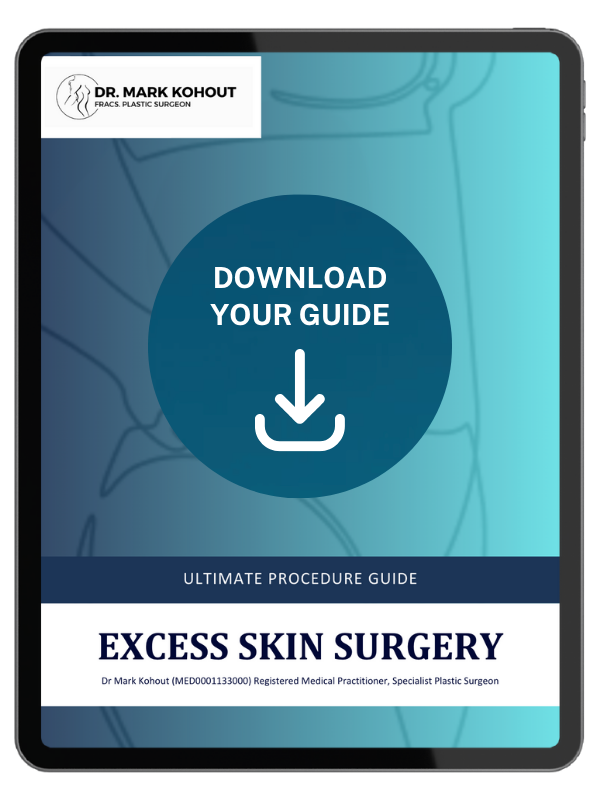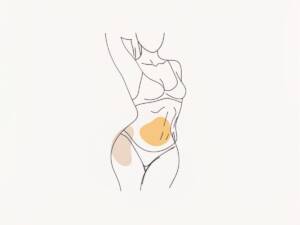How long does the recovery process take?
Recovery after a body lift is a gradual process. Most patients feel comfortable resuming light activities within 2–3 weeks,
but full recovery, including the resolution of swelling and scar maturation, may take up to a year or sometimes more.
When can I drive again?
Driving can typically be resumed after two weeks, once you are no longer taking prescription pain medications and have regained
full mobility and comfortable and confident to operate a vehicle safely. If you feel unsure, it’s always better to wait longer.
Is it normal to experience tightness or uneven sensations?
Yes, it is common to feel tightness or changes in sensation, such as numbness or tingling, in the treated areas.
These sensations usually improve over time as nerves heal and tissues settle. It is important to note that nerves are very slow healing and patience will be essential.
What activities should I avoid during recovery?
Avoid heavy lifting, intense exercise, and any activities that strain the surgical areas for at least 6–8 weeks or until cleared by Dr Kohout.
Sun exposure to scars should also be avoided to prevent pigmentation changes.
How do I manage scars after surgery?
Scar care includes using silicone gels or sheets, as recommended by Dr Kohout, and protecting scars from sun exposure.
Over time, scars will fade and flatten, although they will remain permanent.
When will I see the final results of my body lift?
Initial changes can be seen within a few weeks as swelling decreases, but final results typically become visible after 6–12 months as your body fully heals and scars mature.
Can I sleep in any position after surgery?
To protect the surgical areas, sleeping on your back with your legs slightly elevated is often recommended.
This reduces tension on incisions and supports proper healing.
How do I reduce swelling faster?
Wearing compression garments, staying hydrated, and engaging in light walking as recommended can help reduce swelling.
Avoid salt-heavy diets, as they can exacerbate swelling.
Is it okay to shower after surgery?
Dr Kohout will advise you on when it’s safe to shower, usually within a few days.
Care should be taken to keep the incisions clean and dry, avoiding soaking in baths or pools until fully healed.
Will I need follow-up appointments?
Yes, follow-up appointments are essential to monitor your progress, ensure proper healing, and address any concerns.
Dr Kohout will schedule these at regular intervals throughout your recovery period.












